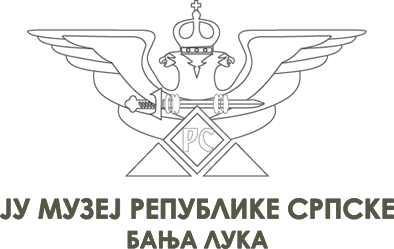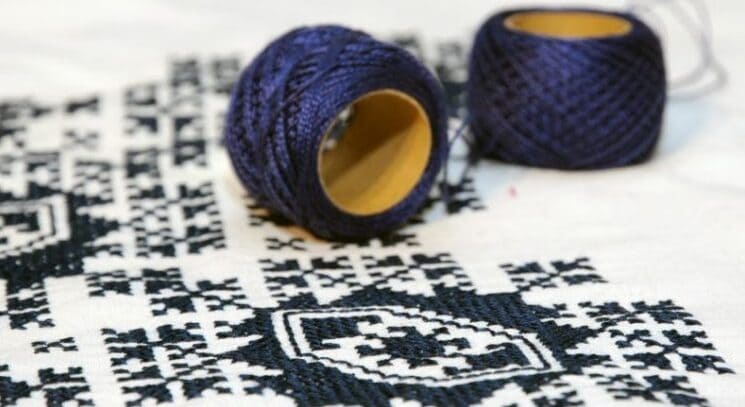
Змијањески вез
Intangible Cultural Heritage
Intangible cultural heritage represents the part of our legacy that cannot be touched nor displayed in a museum. It encompasses living traditions, skills, customs, knowledge and beliefs passed down from generation to generation, shaping our identity and connecting us with the past.
Activities of the Intangible Cultural Heritage Department
The Intangible Cultural Heritage Department carries out systematic research, recording and documenting of intangible cultural heritage. Its activities include proposing and determining the status of protected cultural properties, collecting, arranging, preserving, and providing expert and scientific processing of museum materials, as well as preparing proposals for protecting intangible cultural heritage.
Intangible cultural heritage includes:
- Traditions and oral expressions
- Language as a vehicle of intangible cultural heritage
- Performing arts
- Social practices
- Rituals and festive events
- Knowledge and practices concerning the universe
- Traditional and old crafts
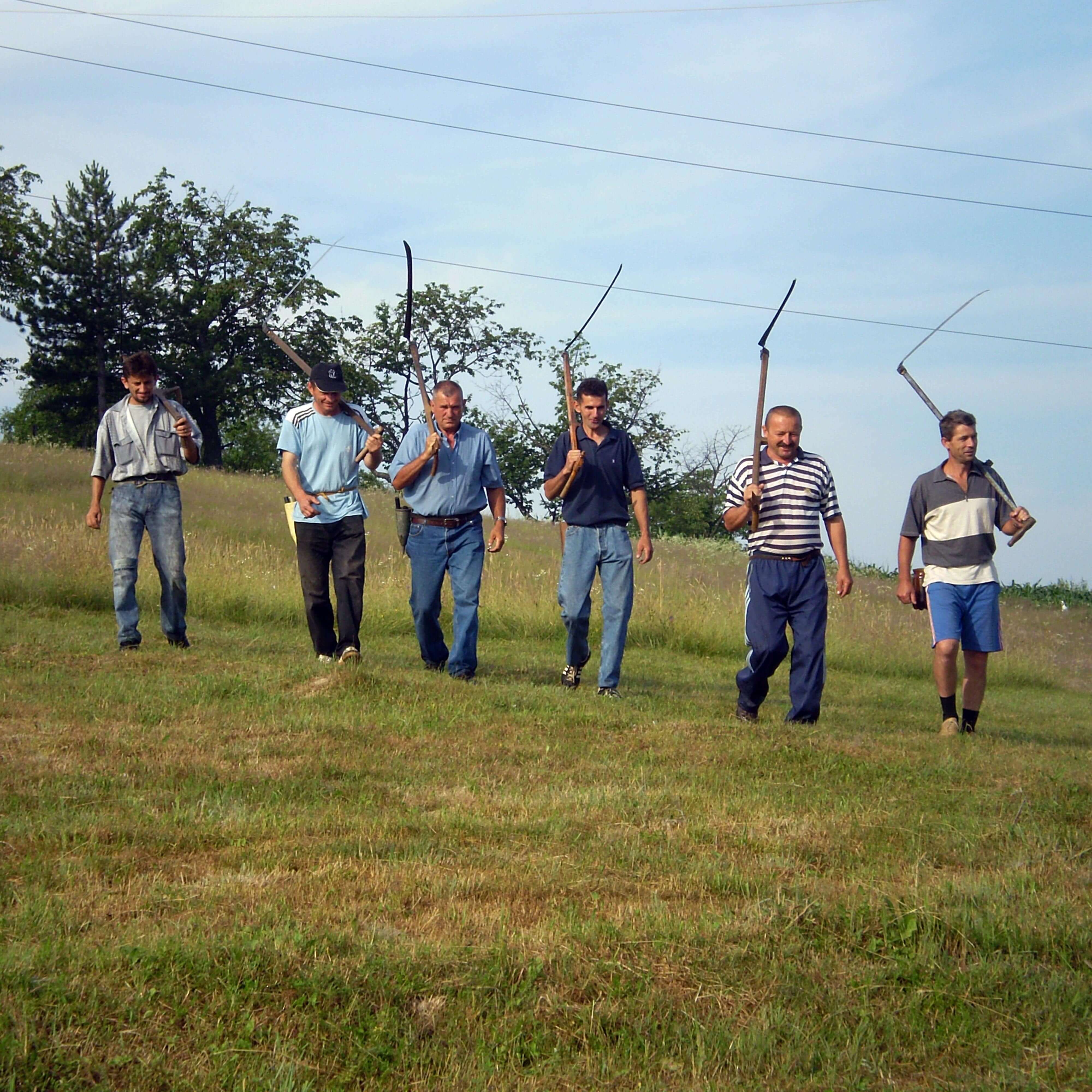
Kosidba u Bukovcu
Grass Mowing in Balkana
Since 1992, the village of Balkana near Mrkonjić Grad has been hosting a competition in the traditional rural activity of grass mowing. Mowing is one of the most important field tasks, associated with numerous customs. The event in Balkana is also significant because Mrkonjić Grad is one of the most renowned blacksmithing centres, where the famous “Varcarka” scythe is still hand-forged.
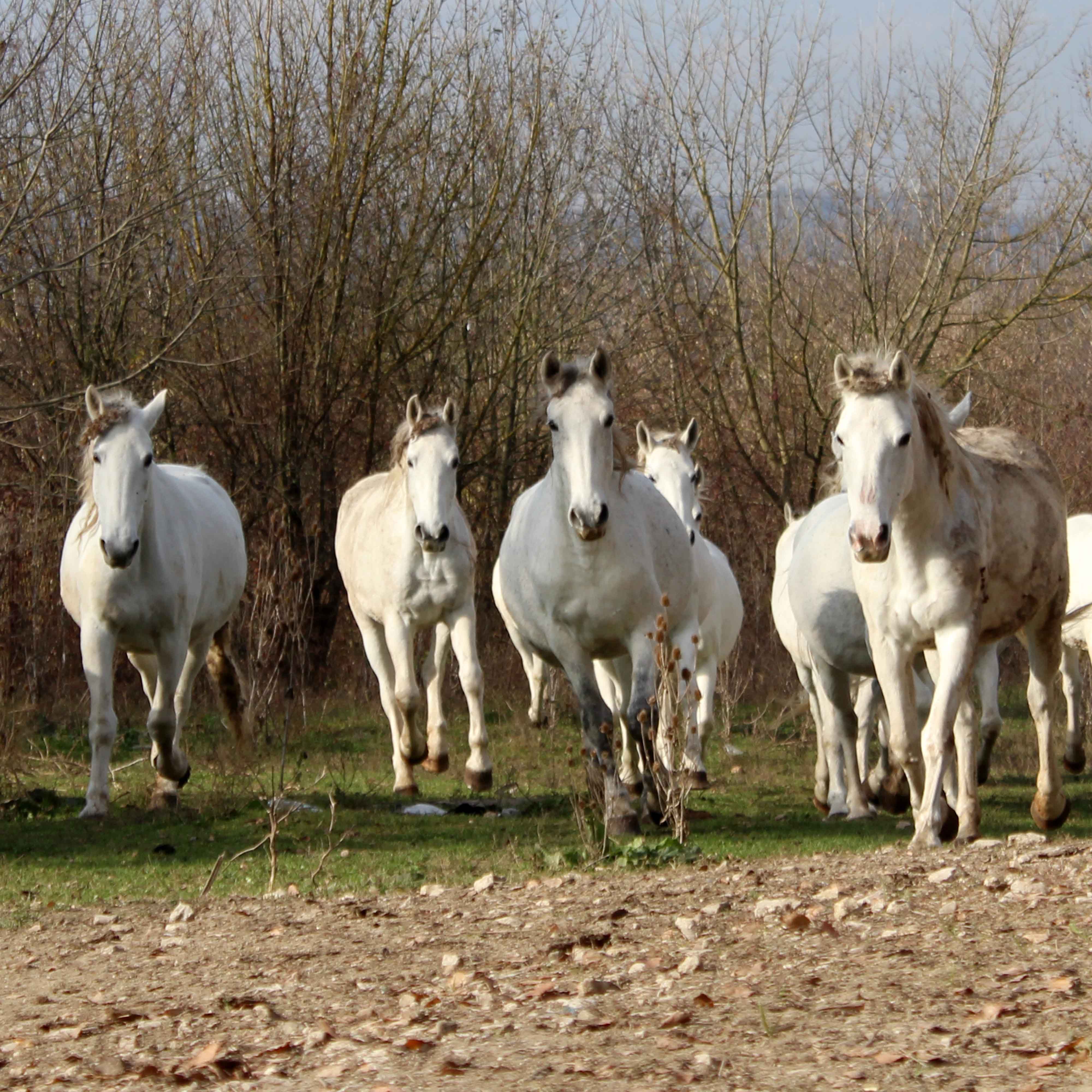
Lipizzaner horse breeding
Lipizzaner Horse Breeding
Within the territory of the Republic of Srpska there are eleven equestrian clubs and a state stud farm engaged in Lipizzaner horse breeding. The stud farm, founded in 1946, has continuously passed on the knowledge and skills of Lipizzaner breeding from generation to generation. All the listed equestrian clubs have a substantial membership, reflecting the strong interest in breeding these horses. We have also received an invitation to participate in the international nomination of this element for inscription on the Representative List of the Intangible Cultural Heritage of Humanity. The invitation was sent by the Republic of Slovenia and five other countries that maintain stud farms of this horse breed.
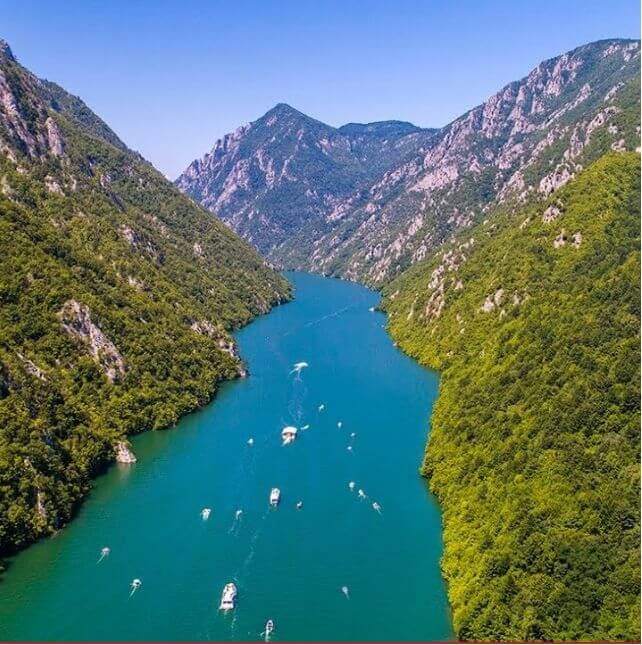
Осат, Подриње
The Osat Masonry Language
The Osat region is located in eastern Bosnia, on the left bank of the Drina River (between Višegrad and Srebrenica). Masons and builders from Osat have a unique language – a jargon, also called the masters’ language. It differs from the formal language only in its vocabulary, comprising around 300 words and phrases with non-Slavic roots, while sentences are constructed according to standard grammar principles. This language is used exclusively during masonry and construction work for communication among workers. Researchers note that the origin of this language, as well as the time of its emergence, is unknown. According to Dragiša Milosavljević (Osat Masons, 2000), “the masters’ language of the Osat masons is part of their ethnic and cultural identity.” Since knowledge of this language is continuously passed down from generation to generation among male descendants, who acquire basic masonry skills from early childhood (regardless of their later professional engagement), it is not surprising that the Osat masons themselves “believe they inherited the language from their patron and protector, Saint Thomas.” Even today, this language is known and preserved by individuals practicing masonry and construction work, including men from Osat and descendants of Osat masons living elsewhere.
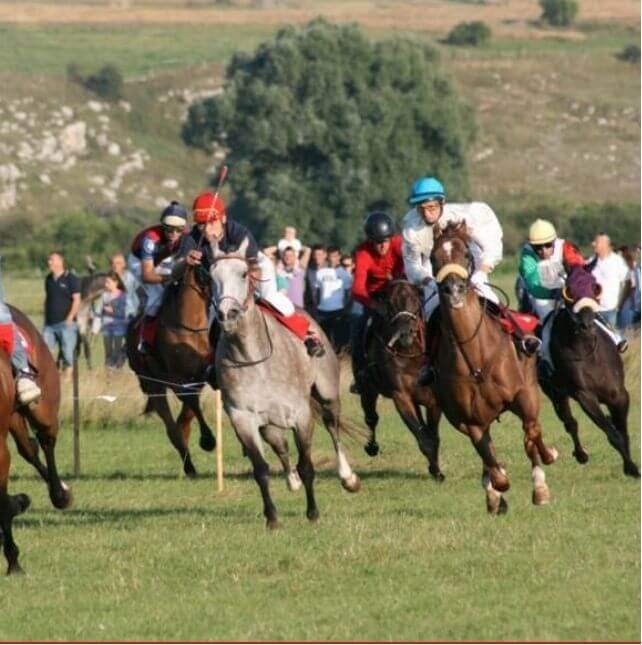
Nevesinje Olympiad
Nevesinje Olympiad
Nevesinje Olympiad is a competition in traditional chivalric games. Historically, it has been mainly participated in by men from the Nevesinje region, and more recently by men from the wider area. The event takes place in Nevesinje in the first half of August and dates back to the 18th century. Locals historically competed in various skills that have been preserved to this day as chivalric games. The competitions include spear throwing, stone throwing from the shoulder, climbing a lard-coated pole, sack jumping, standing long jumps, tug of war, and horse racing. This event, which for more than two centuries has had primarily local significance, has recently attracted participants from a wider region. There is a belief among the locals that the competition was initiated by local shepherds. It is one of the oldest events in this region, as evidenced by a poster from 1891 announcing a race, signed by an Austro-Hungarian governor.
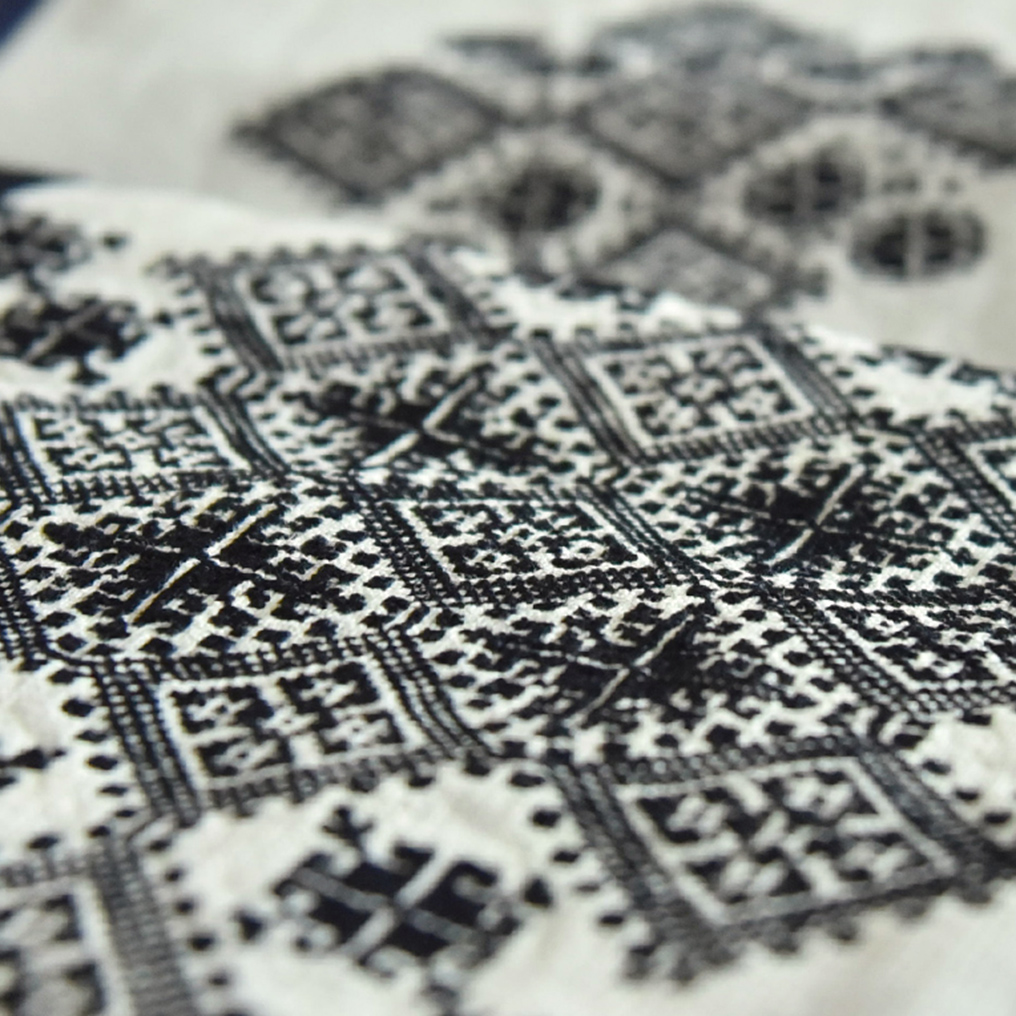
Zmijanjе Embroidery
Zmijanjе Embroidery
On 26 November 2014, Zmijanjе embroidery was inscribed on the Representative List of the Intangible Cultural Heritage of Humanity as the first element from the Republic of Srpska and Bosnia and Herzegovina. This embroidery is distinguished by its deep blue color, geometric patterns, and unique embroidery techniques. Its value is passed down from generation to generation through collective efforts to preserve and promote the Zmijanje tradition.
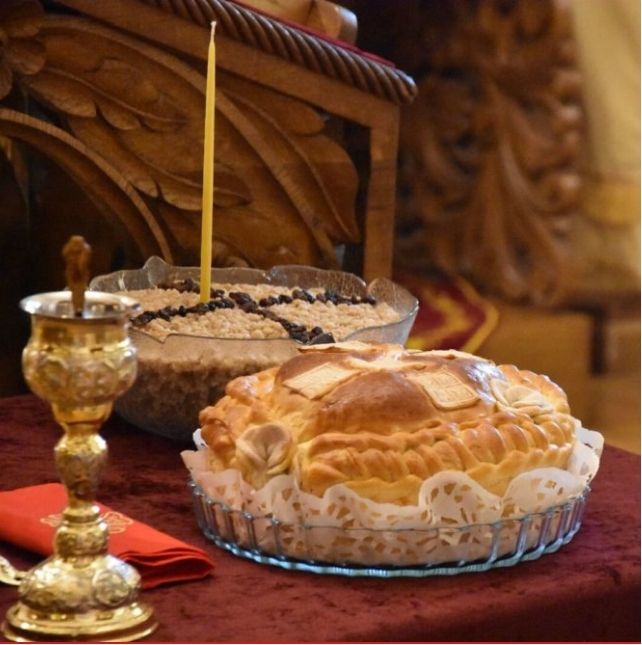
Krsna slava
Krsna slava
Iako sličnih običaja ima i u drugim narodima i konfesijama, slava kao fenomen karakteristična je samo za srpski narod. Podrazumjeva slavljenje svetog, zaštitnika određene porodice. U zavisnosti od mjesta razlikuju se običaji i dužina trajanja slave, dok su osnovni elementi, odnosno suština isti. Krsni hljeb, koljivo – prekadnja (osveštano žito) i svijeća osnovni obredni elementi, a u obredne svrhe upotrebljavaju se tamjan i vino. Slava je osnovno nacionalno obilježje i može se reći da zauzima centralno mjesto među fenomenima narodnog života, individualnog, porodičnog i društvenog.
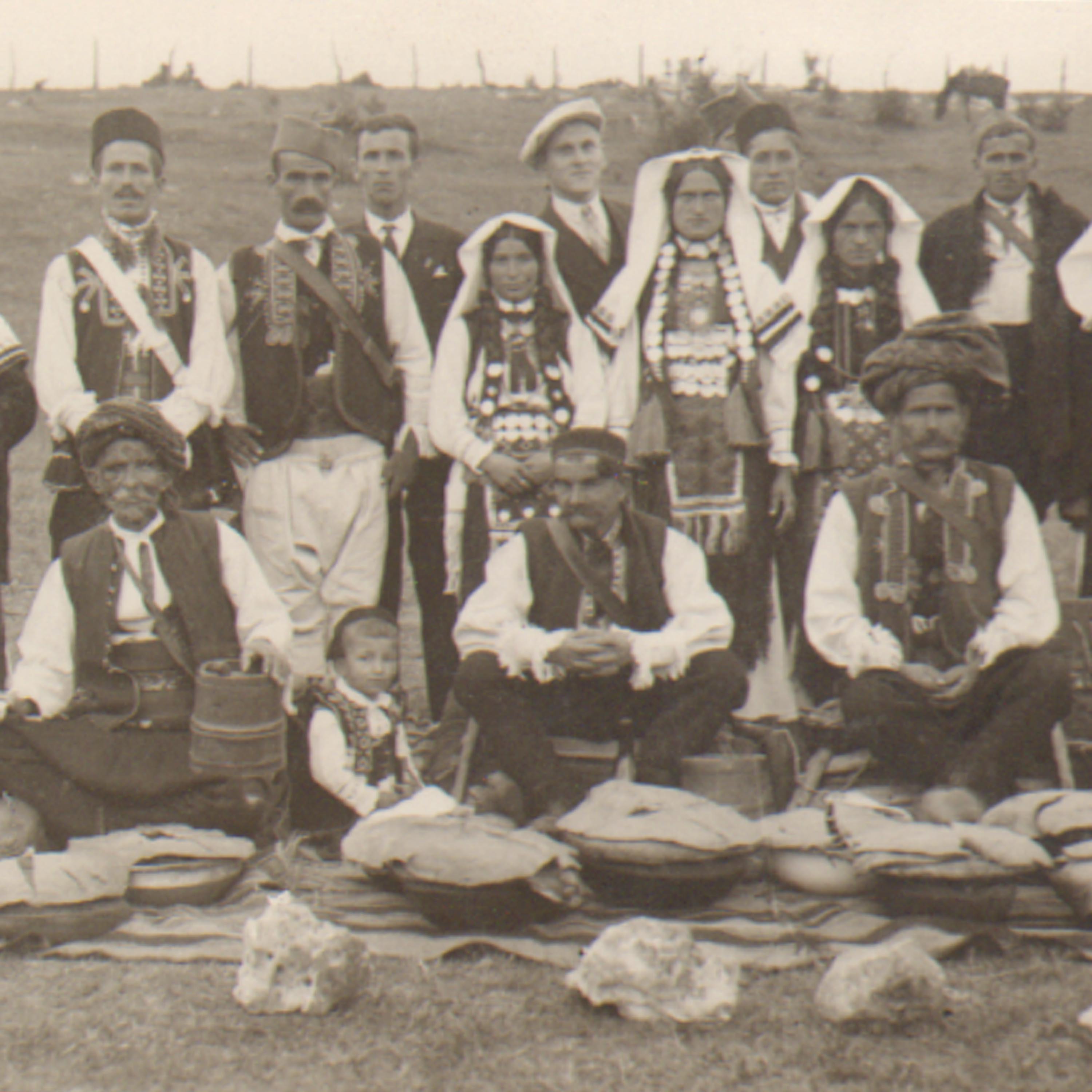
Masla
Masla
The Masla custom is held on St. Mark’s Day (May 8) in the villages of Popovići, Kulaši, and Ćuća, within the Kulaši parish. St. Mark’s Day is also the patron saint day of these villages. Masla is a tradition in which villagers carry various foods to the fields. This custom represents a form of homeopathic magic – based on the principle of “like produces like” – as the food and produce they bring correspond to the crops they cultivate, with the hope that these will yield a good harvest in the coming year.

Paljenje lila
Lil Fire Tradition
The Lil Fire tradition is practiced by the Serbian people on the eve of St. Peter’s Day, and more rarely on Ascension Day when torches (lil) made from the bark of wild cherry or birch trees are lit. Children usually light the lil, but adults also participate. Lighting the lil symbolizes the burning away of all human sins and marks the welcoming of these holidays.

Vidovdan Olympiad
Vidovdan Olympiad
In Kulaši, Municipality of Prnjavor, the Vidovdan Olympiad has been held for seventeen consecutive years. This event originated in the 1960s, when it took place on July 4th; since the civil war it has been held on the Sunday preceding Vidovdan - St. Vitus' Day (June 28th). Participants compete in traditional disciplines such as shooting, stone throwing, a 5,000-meter race, tug of war, and other contests.
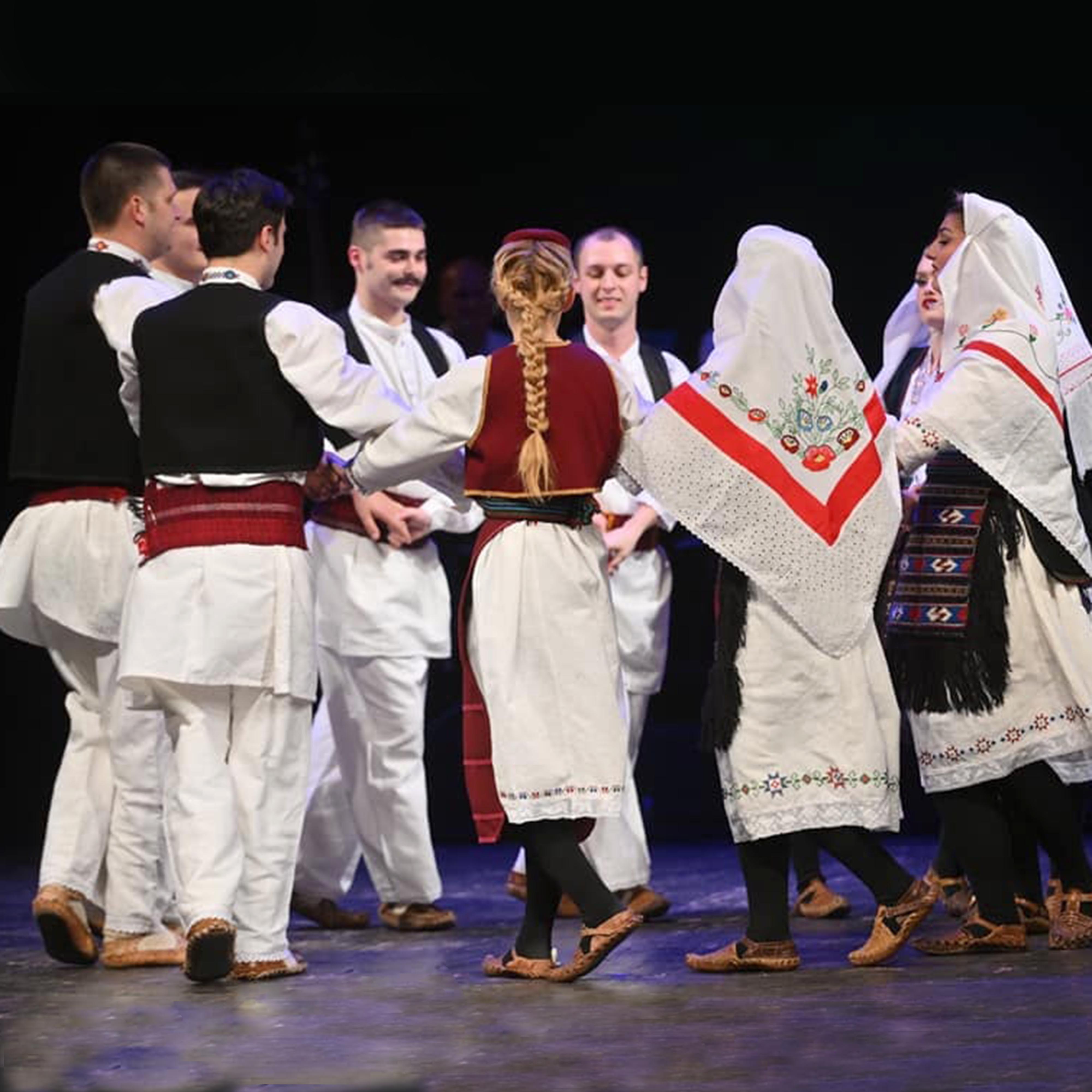
Gusto Kolo (Dense Circle Dance)
Gusto Kolo (Dense Circle Dance)
Gusto Kolo is a traditional folk dance originating from the Mountain Kozara and the Potkozarje region. It is a closed-circle dance, with hands crossed - the right over the left. It begins with walking (the circling step) and then transitions into dancing in rhythm, starting with the right foot. This dance emerged as an expression of joy and satisfaction and is performed with singing on various occasions. It is danced by older children, adults, both men and women.
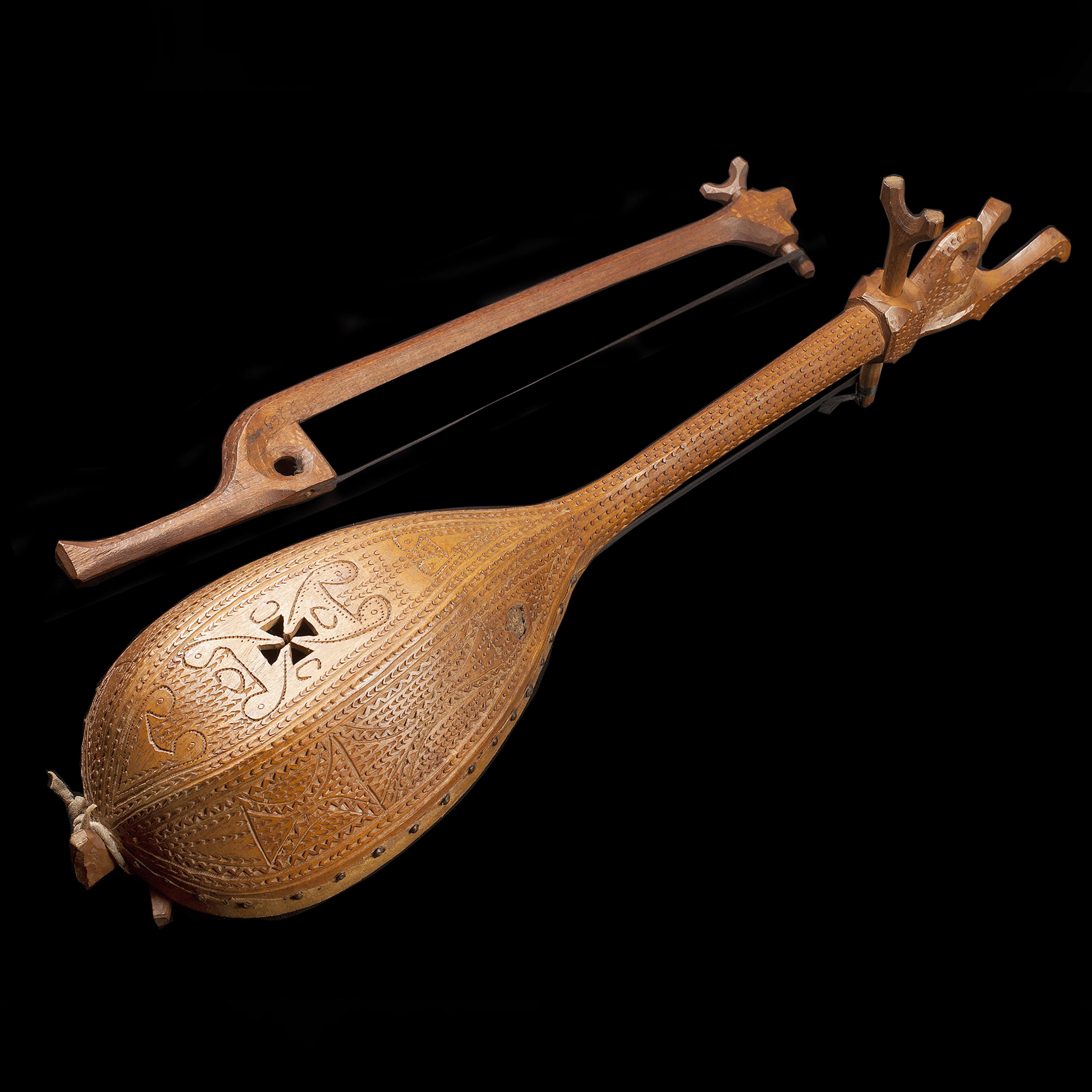
Gusle (Serbian Fiddle)
Gusle (Serbian Fiddle)
The part of the intangible cultural heritage are also the gusle, guslar singing and oral tradition – epic folk poetry.
The gusle is a traditional folk string instrument (chordophone) used to accompany the performance of epic folk songs. There are two types of gusle: single-string and double-string. Across the Republic of Srpska there are associations of guslars as well as a Guslar Union, which preserve the tradition of gusle playing. Moreover, there are many competitions and festivals of gusle performance.

Banjaluka Kebab
Banjaluka Kebab
Banjaluka kebab first appeared during the famous Banjaluka Pentecost Fair and over the past hundred years this authentic specialty – shaped into rectangular tiles and served with flatbread – has become a culinary hallmark of Banjaluka. From there it initially spread throughout the former Yugoslavia and later across the world. Today, almost every reputable Balkan restaurant abroad offers “kebabs from Banjaluka.”
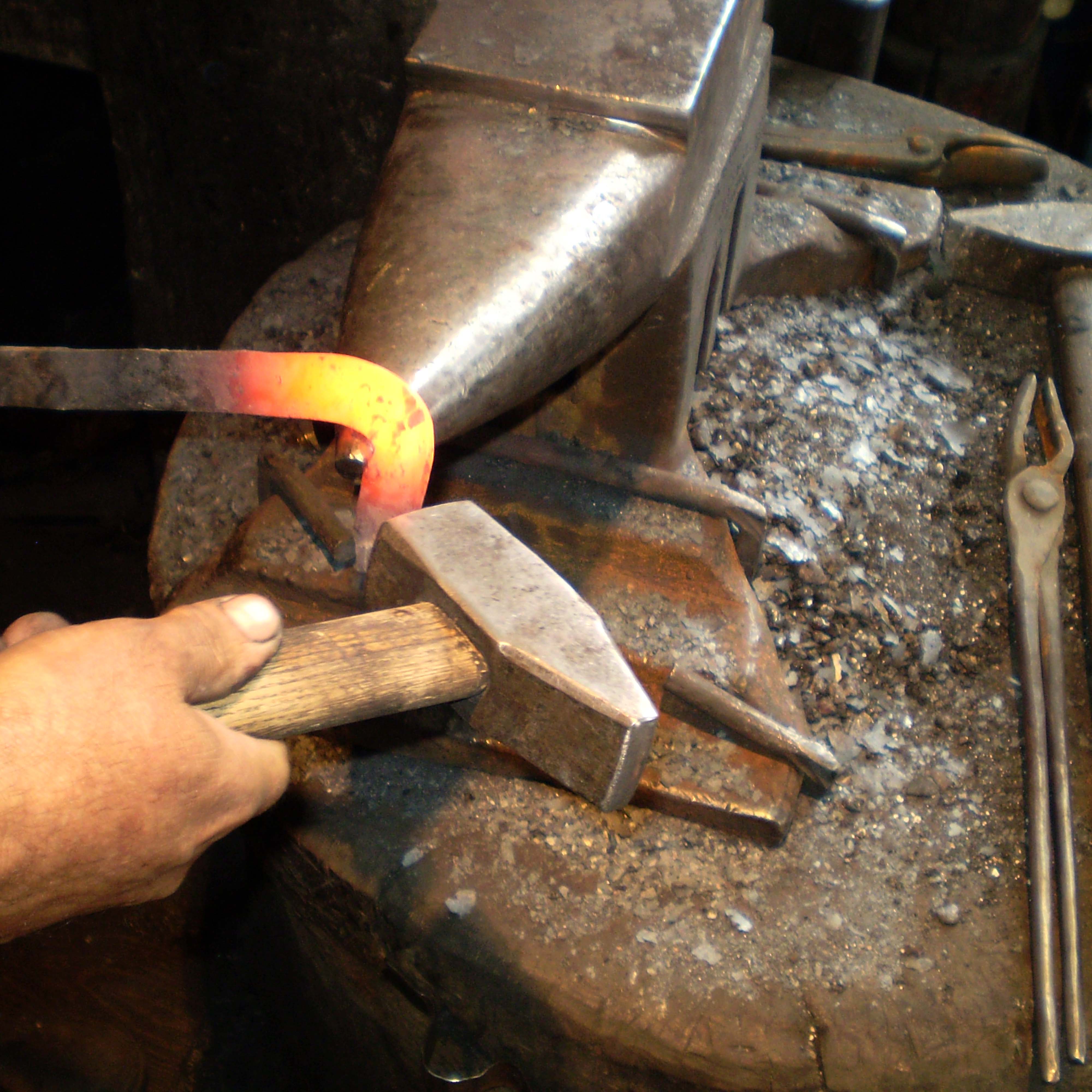
Blacksmithing
Blacksmithing in Mrkonjić Grad
Blacksmithing in Mrkonjić Grad dates back to the late 16th century. According to archival records, in 1935 there were 28 blacksmith workshops in the town, and from 1952 to 1992 there were 30. The most renowned product of local blacksmithing was the Varcarka scythe – a hand tool used for mowing grass. The name Varcarka derives from the town’s former name, Varcar Vakuf. Today, only four blacksmiths remain in Mrkonjić Grad. Until 1992, they produced about 5,000 Varcarka scythes annually, whereas today only a few hundred are made. The manufacture of the Varcarka scythe is entirely handmade, and the techniques have been handed down from father to son for generations. Of the four remaining masters, three are engaged in manufacturing the Varcarka scythe. In addition to scythes, these blacksmiths also forge axes, hoes, horseshoes, and other tools. The tradition of blacksmithing in Mrkonjić Grad has been handed down from generation to generation.

Picking of Mountain Germander
Picking of Mountain Germander on Ozren Mountain
The picking of mountain germander on Ozren mountain is one of the most significant and vibrant folk-medicine customs in the Republic of Srpska. This centuries-old practice of picking the medicinal plant on the Feast of the Beheading of St. John the Baptist has been preserved in its original form, bringing together the local population of Ozren as well as numerous visitors from other regions. This custom is both a way of preserving health and a powerful symbol of community, cultural identity, and traditional folk art.
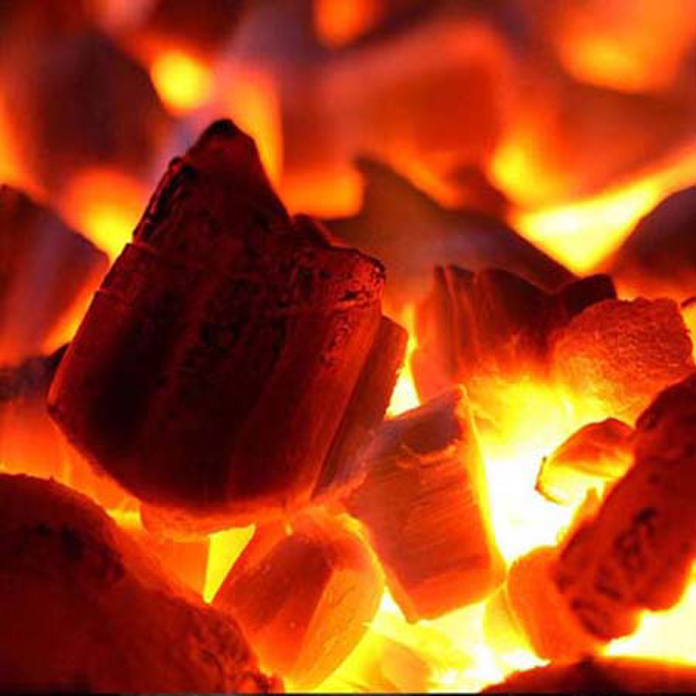
Paljenje žežnice
Lighting the Kiln
Lighting the kiln is a traditional custom involving the production of charcoal. It is characteristic of eastern Herzegovina and dates back to ancient times, being preserved and passed down from ancestors.
The kiln is prepared by gathering firewood, cutting it into equal pieces, and stacking it in a conical shape. The gaps between the logs are sealed with packed earth, preventing airflow during ignition, so only a gentle fire is needed to transform the wood into charcoal. The best charcoal is made from zelenika wood, though oak and hornbeam are commonly used. The burning process can last up to 15 days, with an average of 5 to 6 days. The finished product – charcoal – is well-known and widely used in traditional cuisine. Most Herzegovinian specialties are prepared using this charcoal, the most famous being lamb and veal under the bell.
In the past, charcoal production was the main source of income for households involved in it, and many relied entirely on it for their livelihood. Today, only a few master charcoal makers remain. Lighting the kiln required several people to keep watch for an average of 5 to 6 days and nights, during which they would share legends and folk tales.
